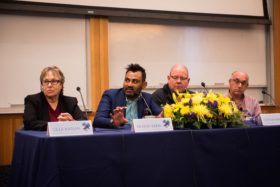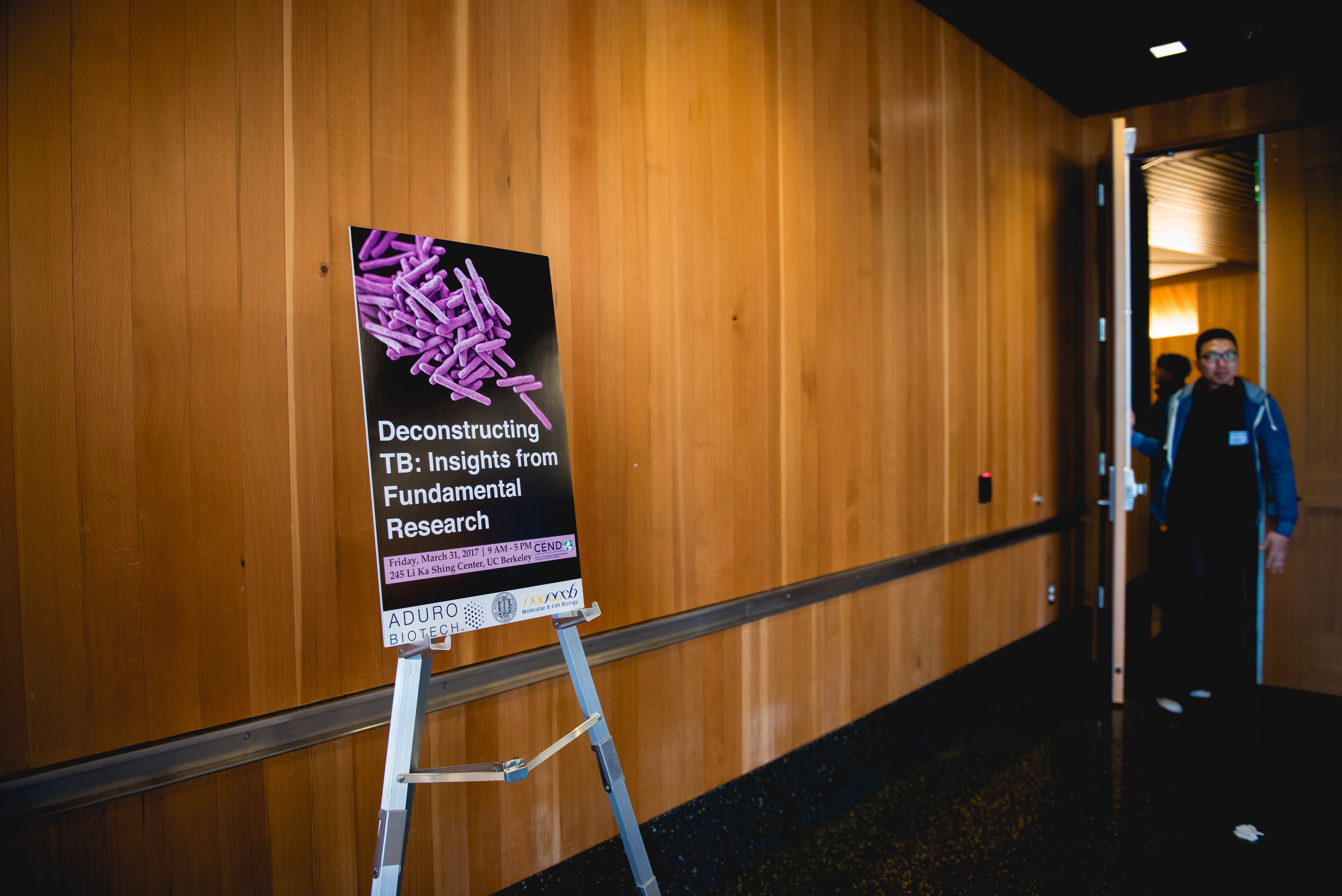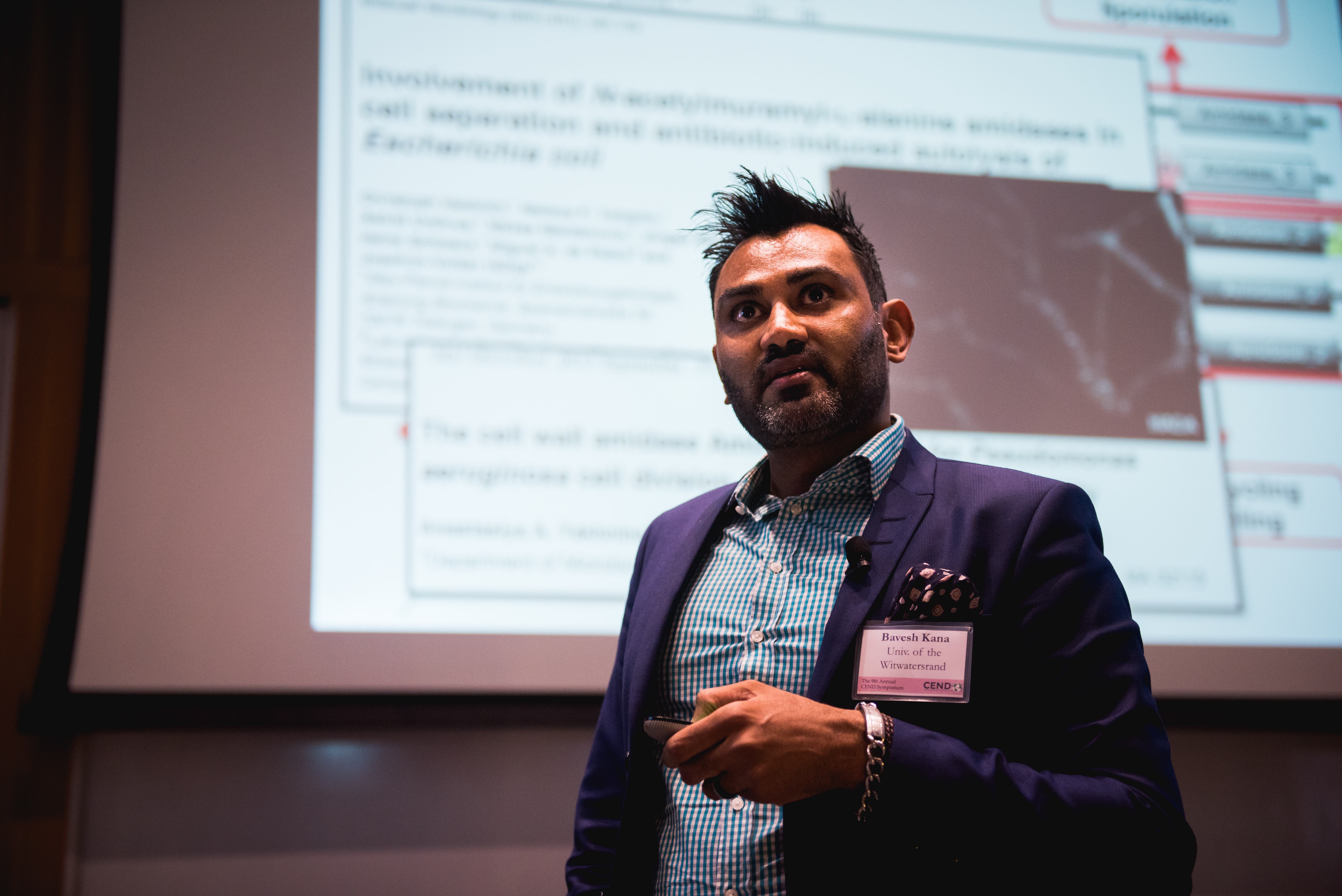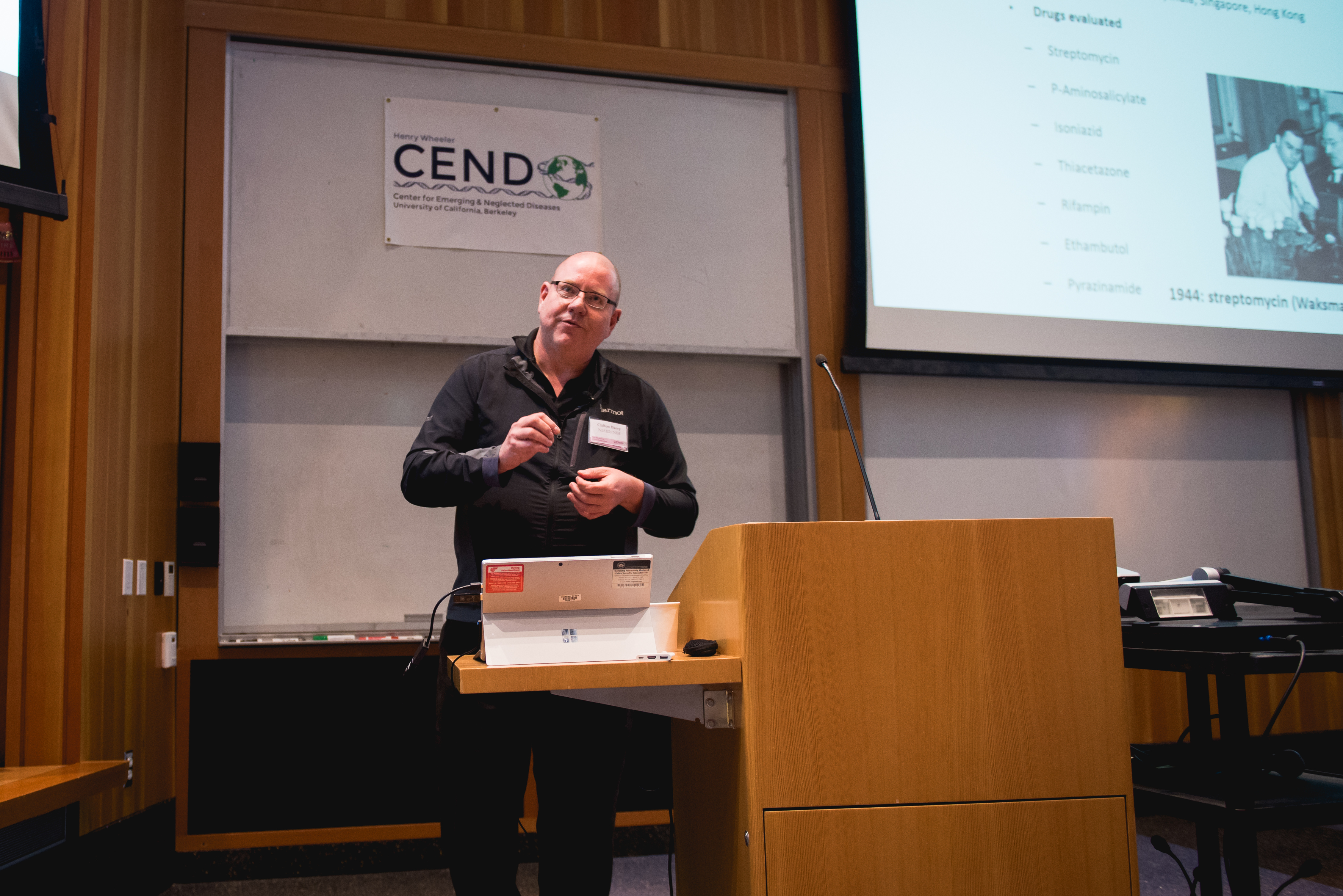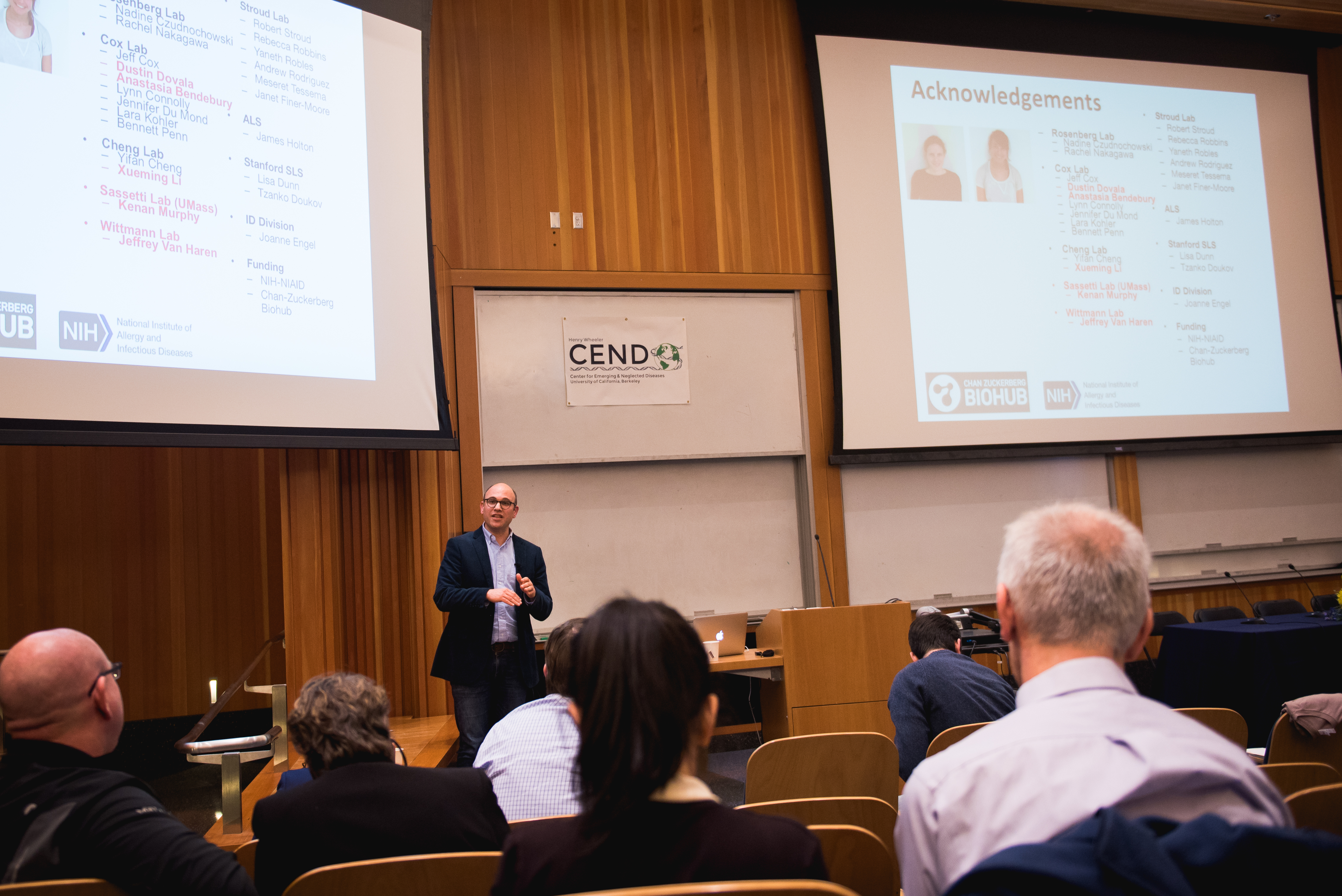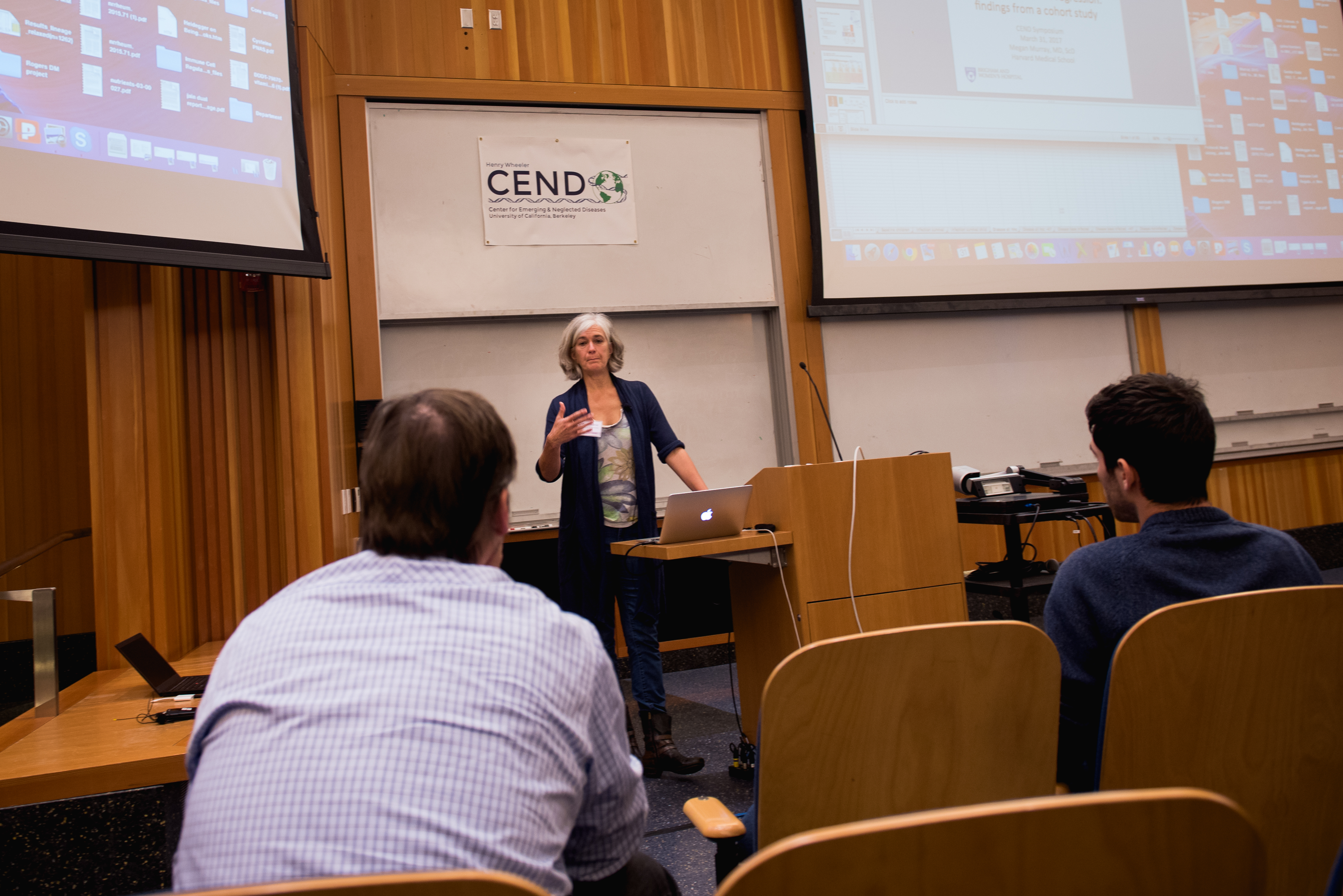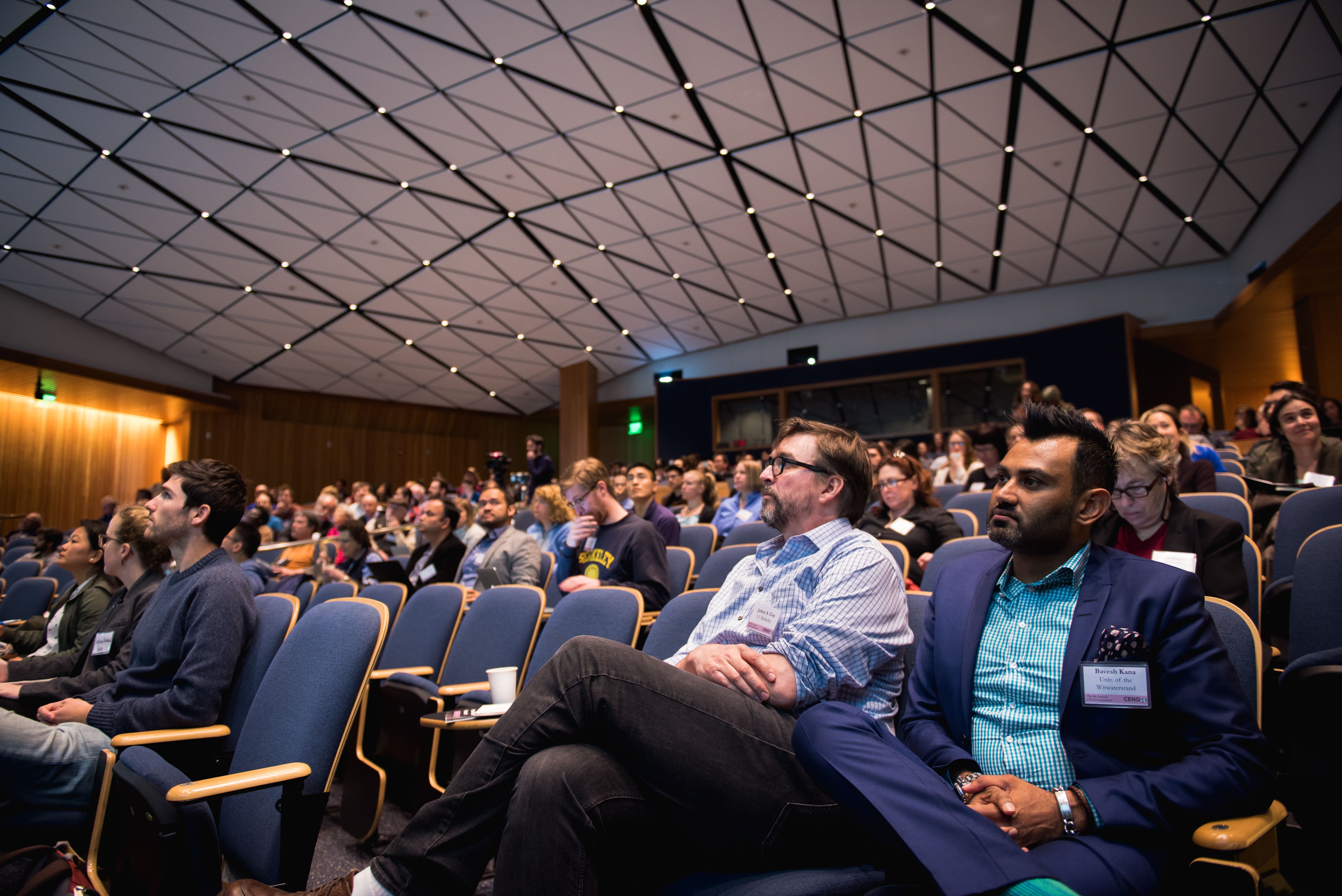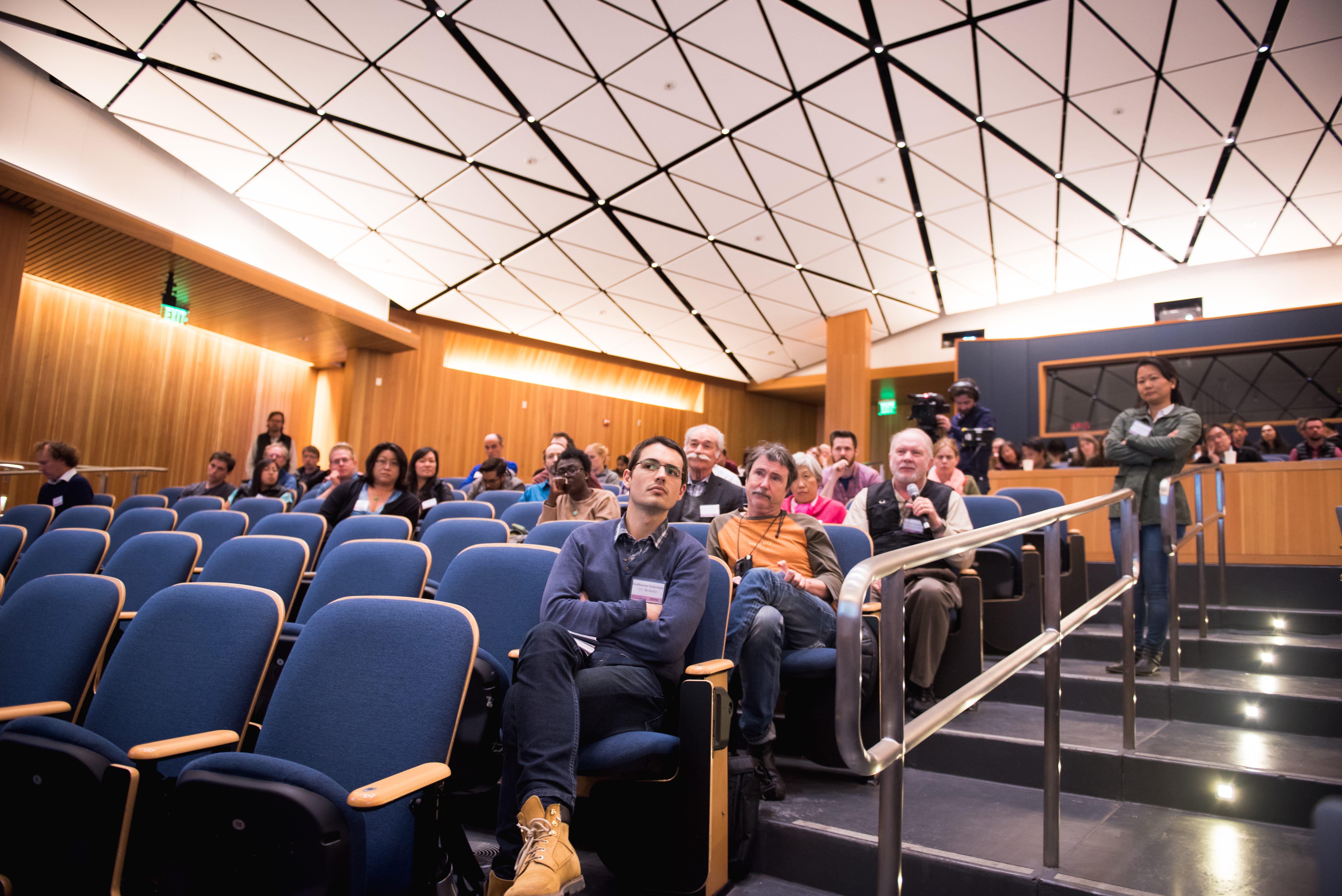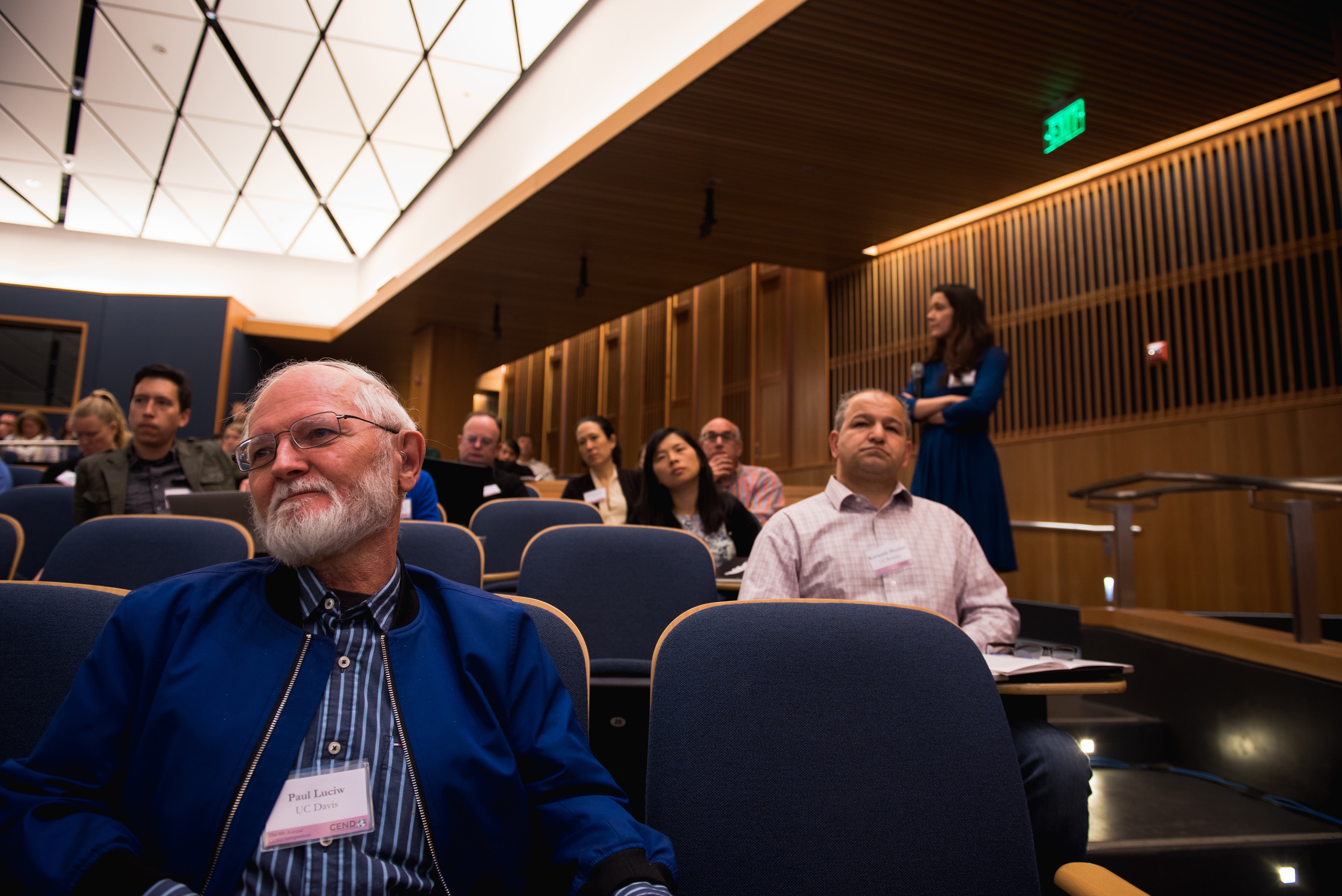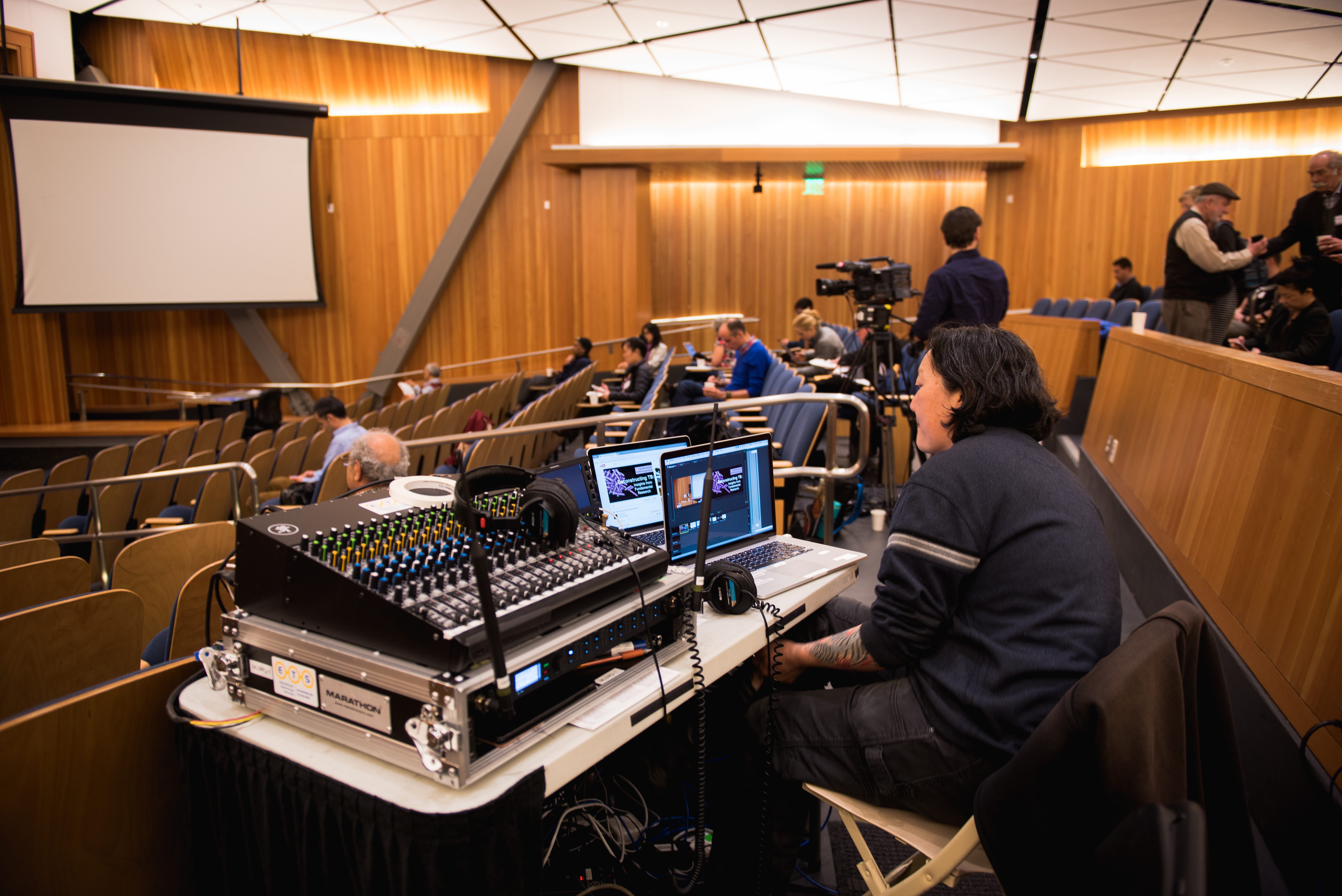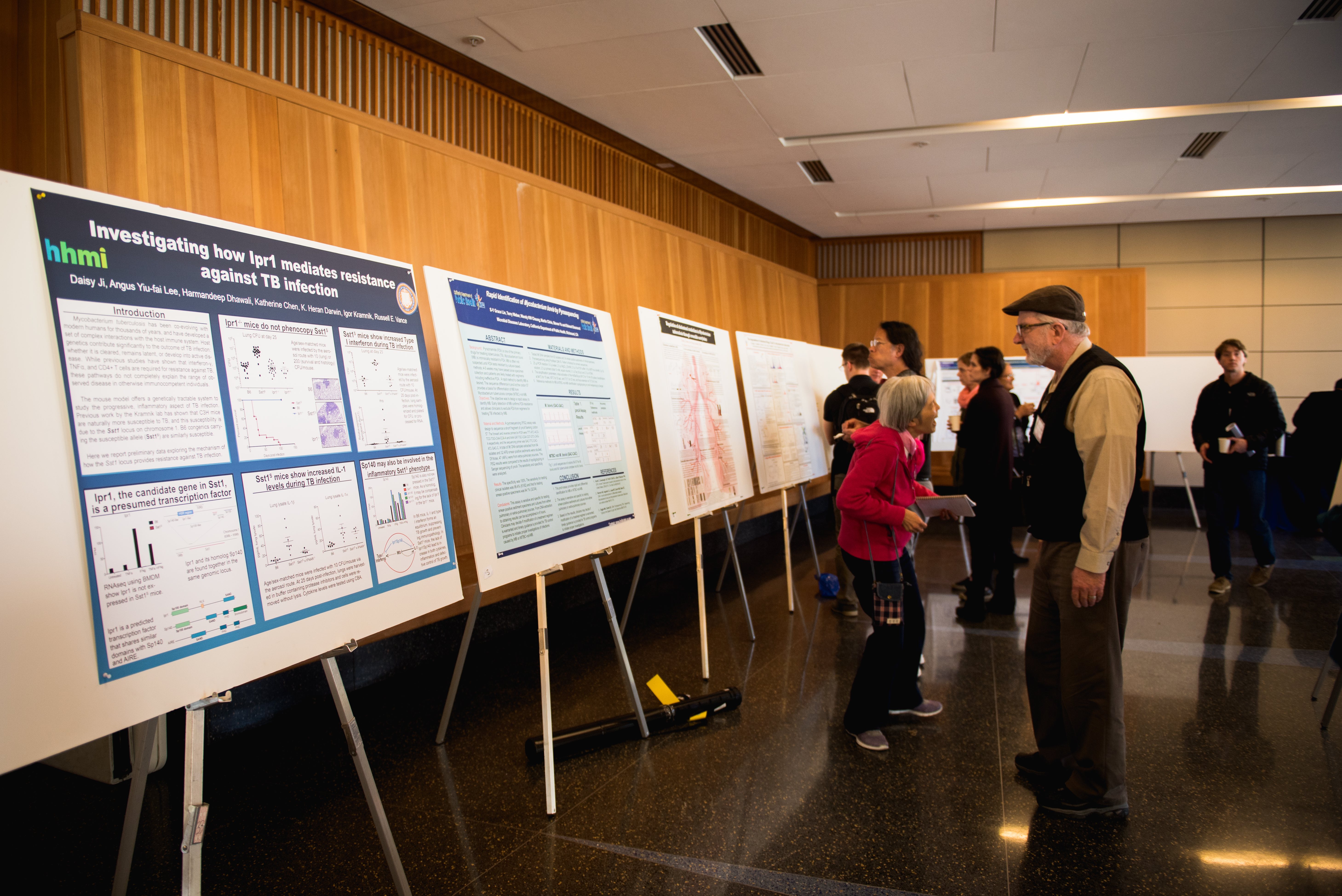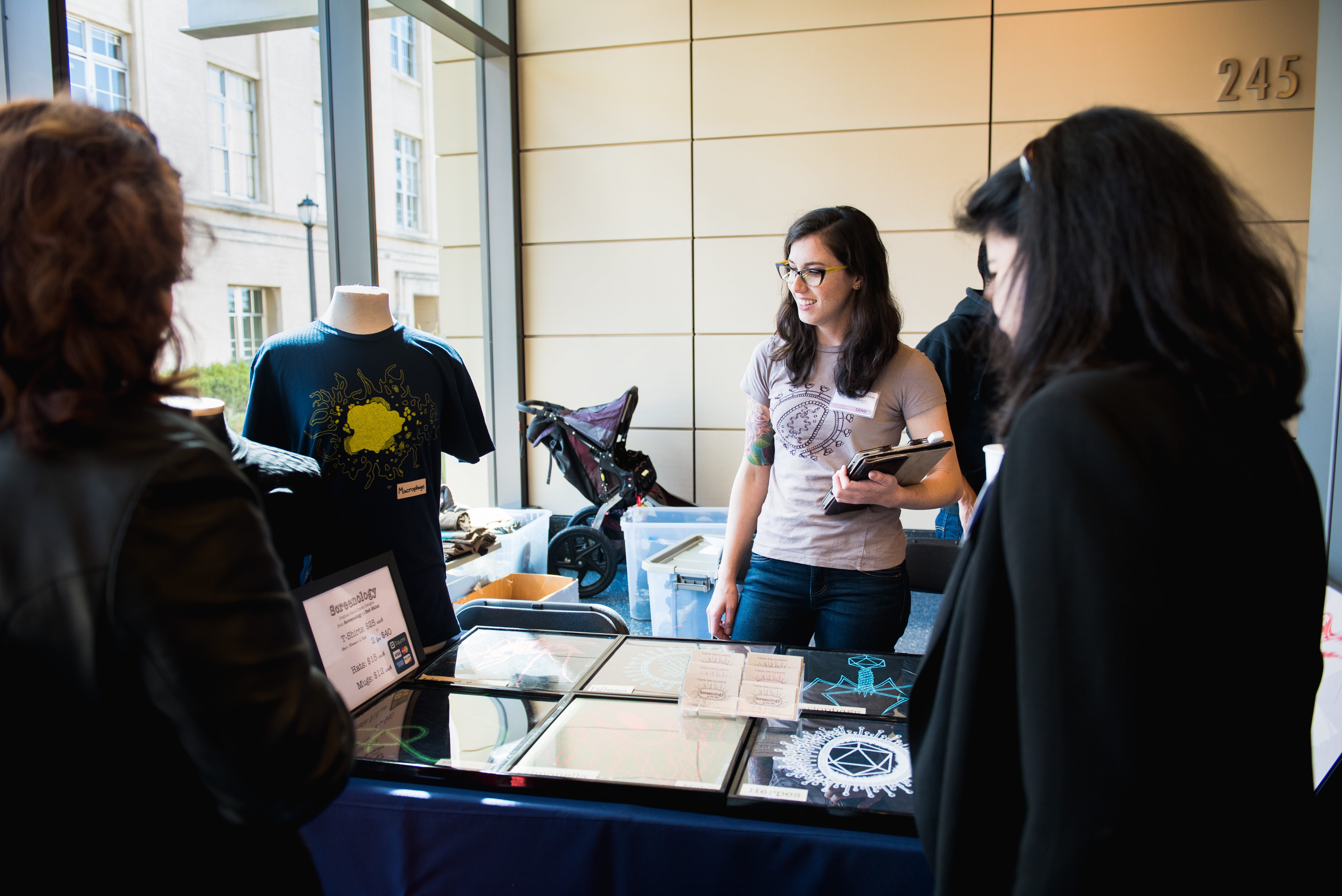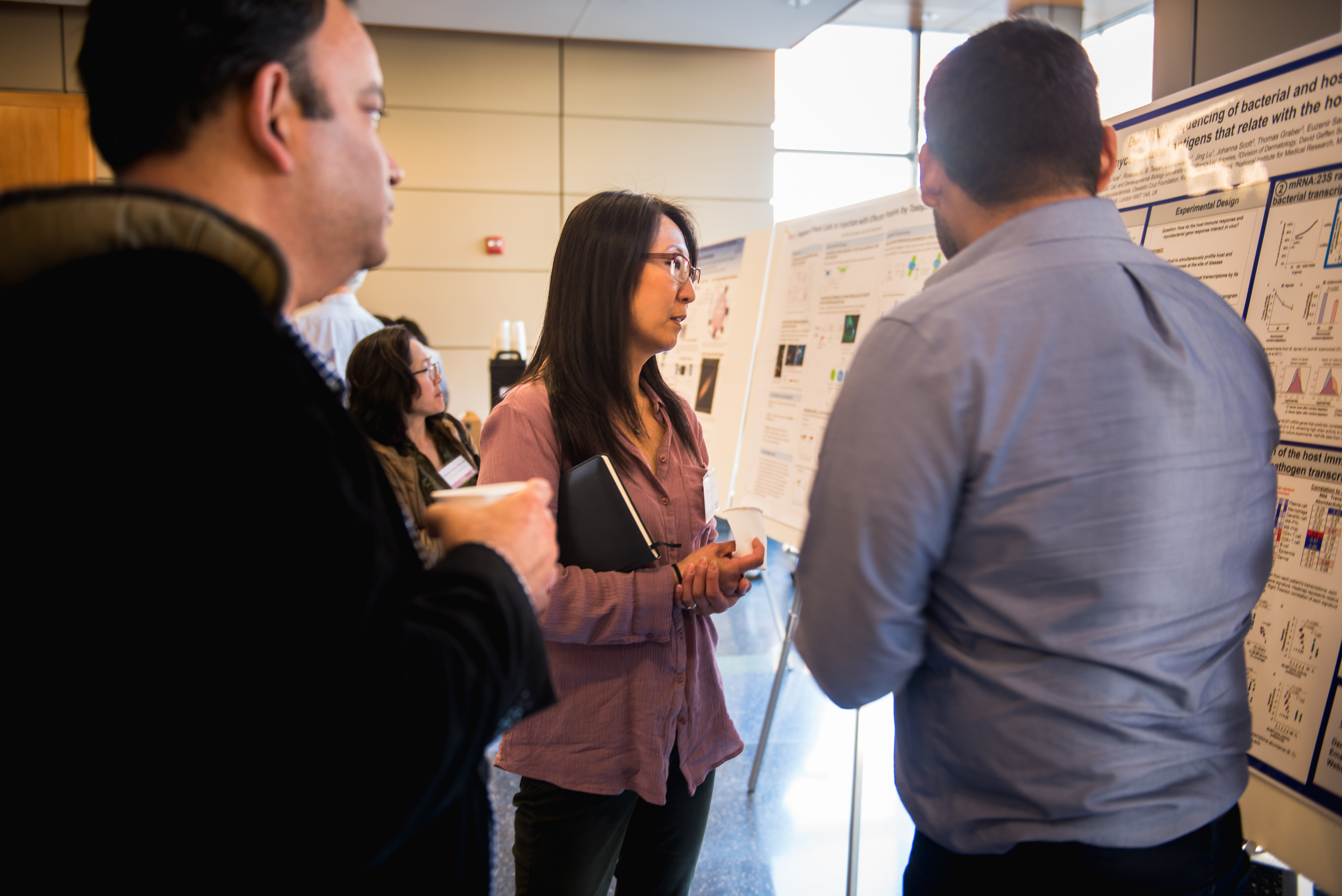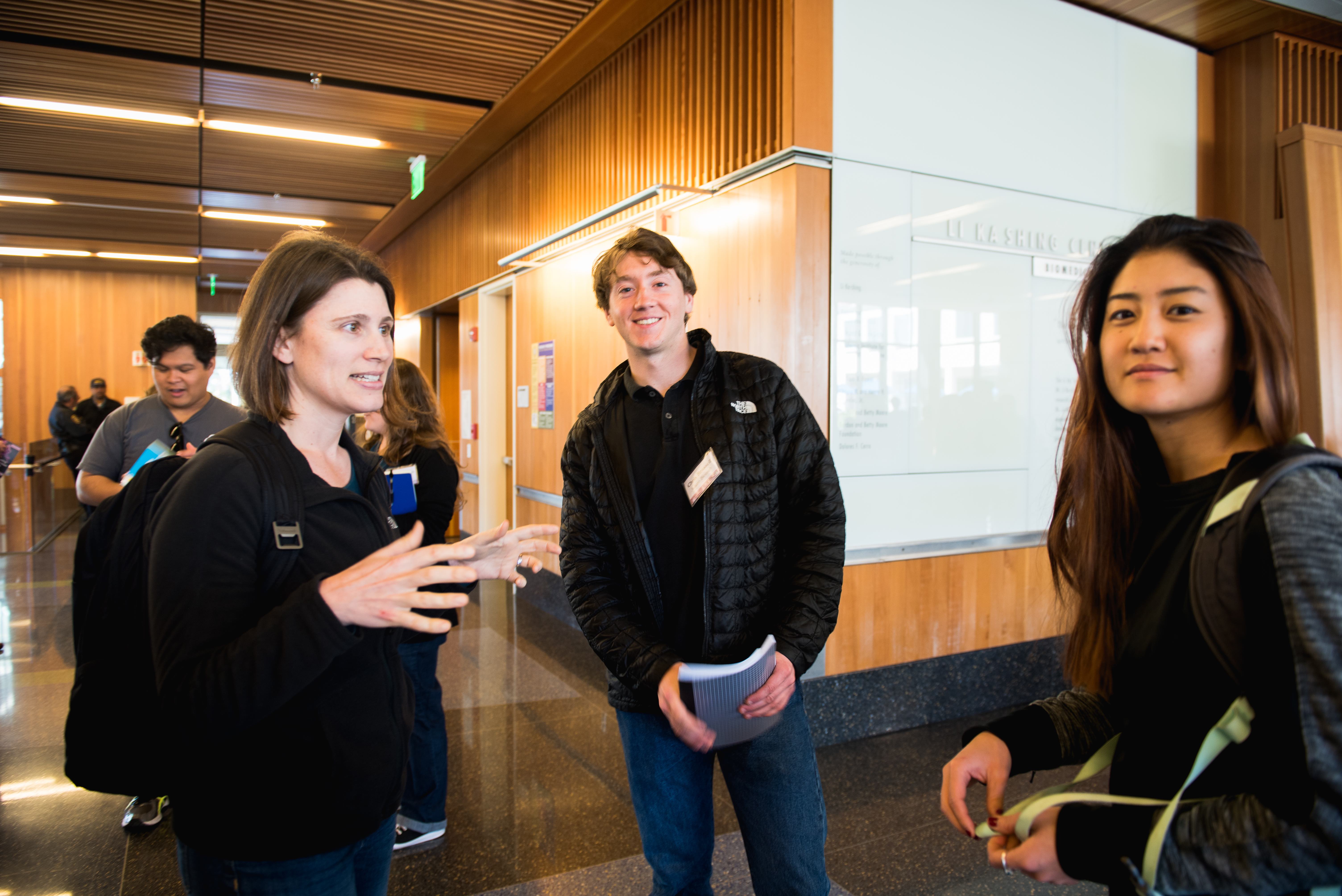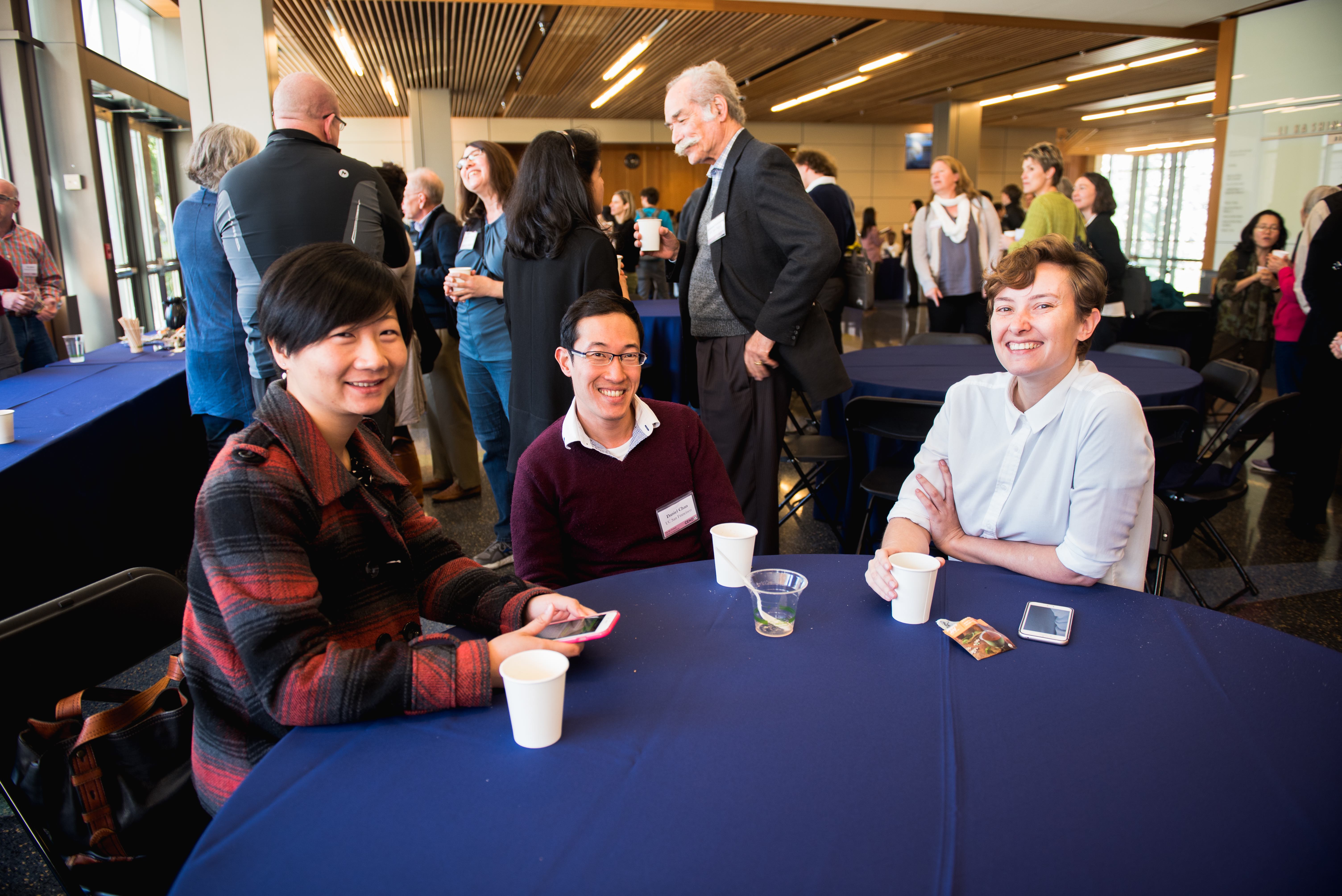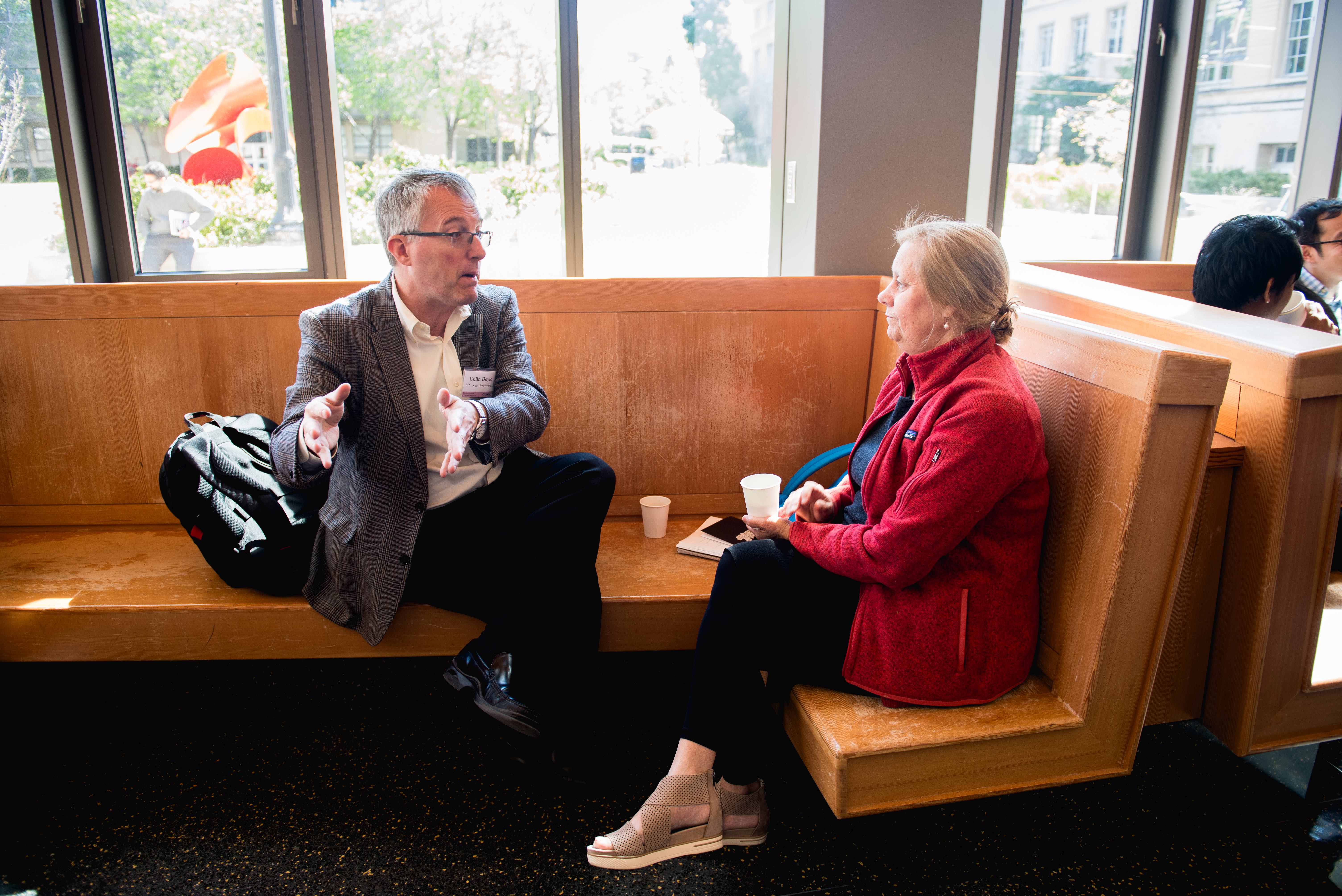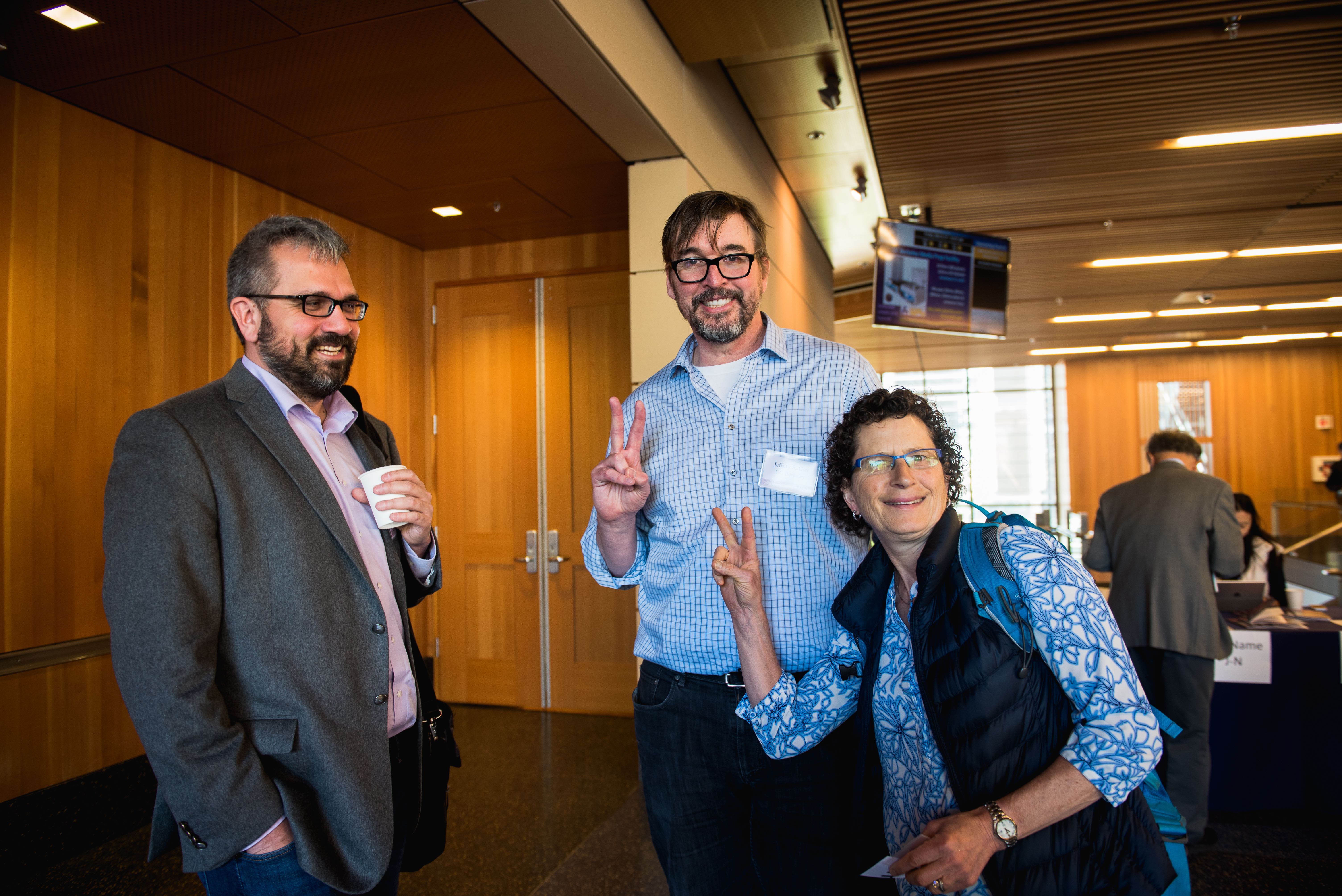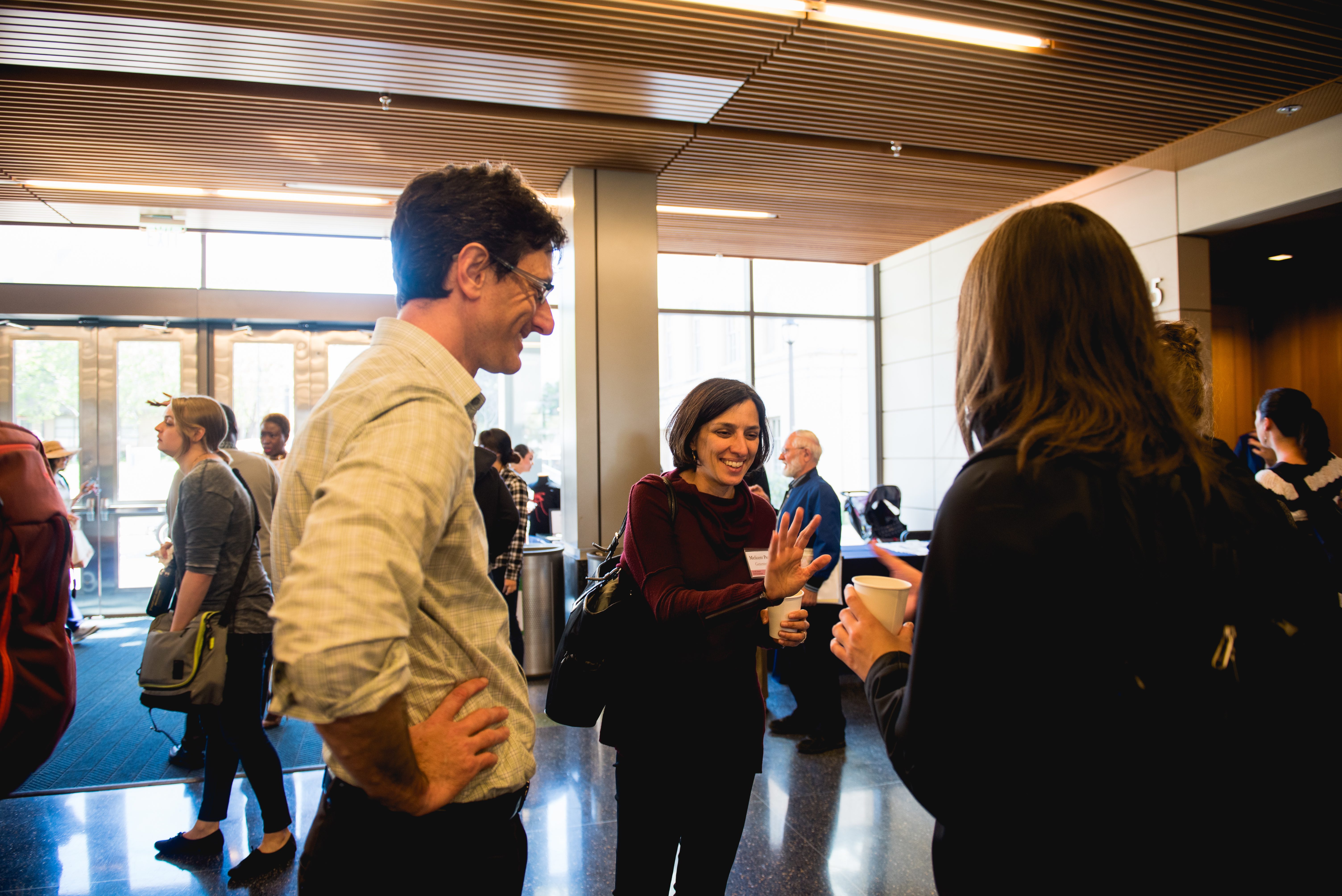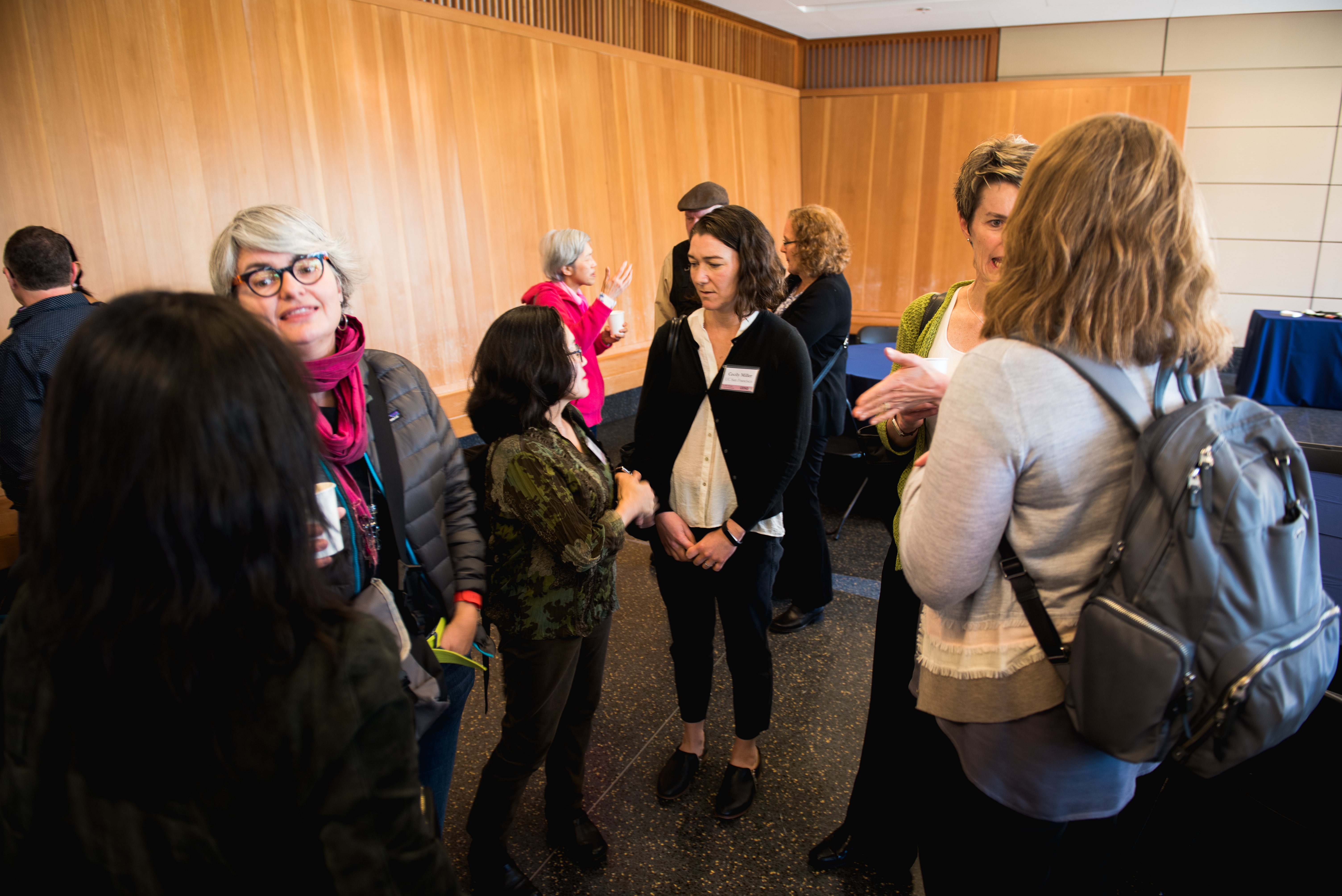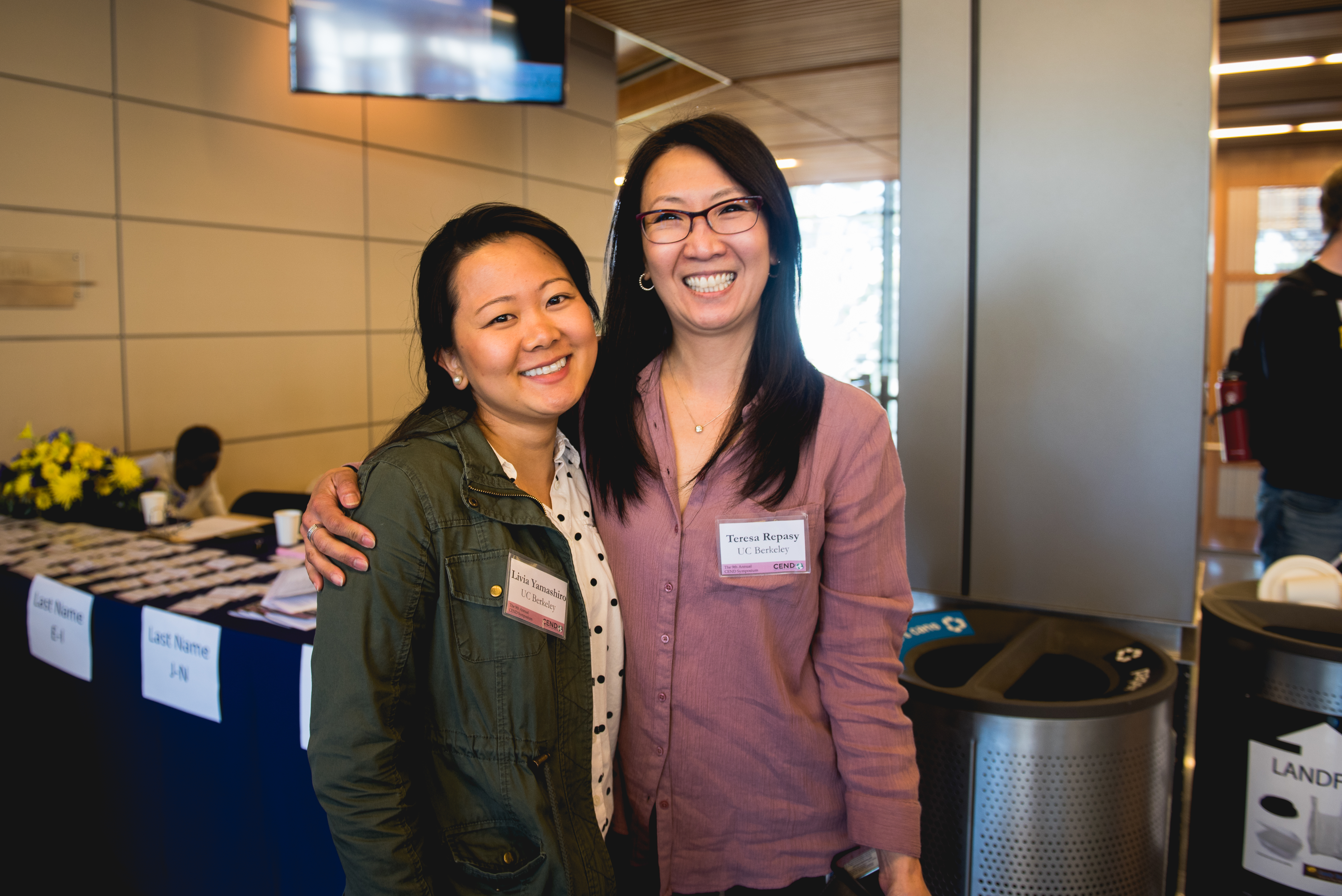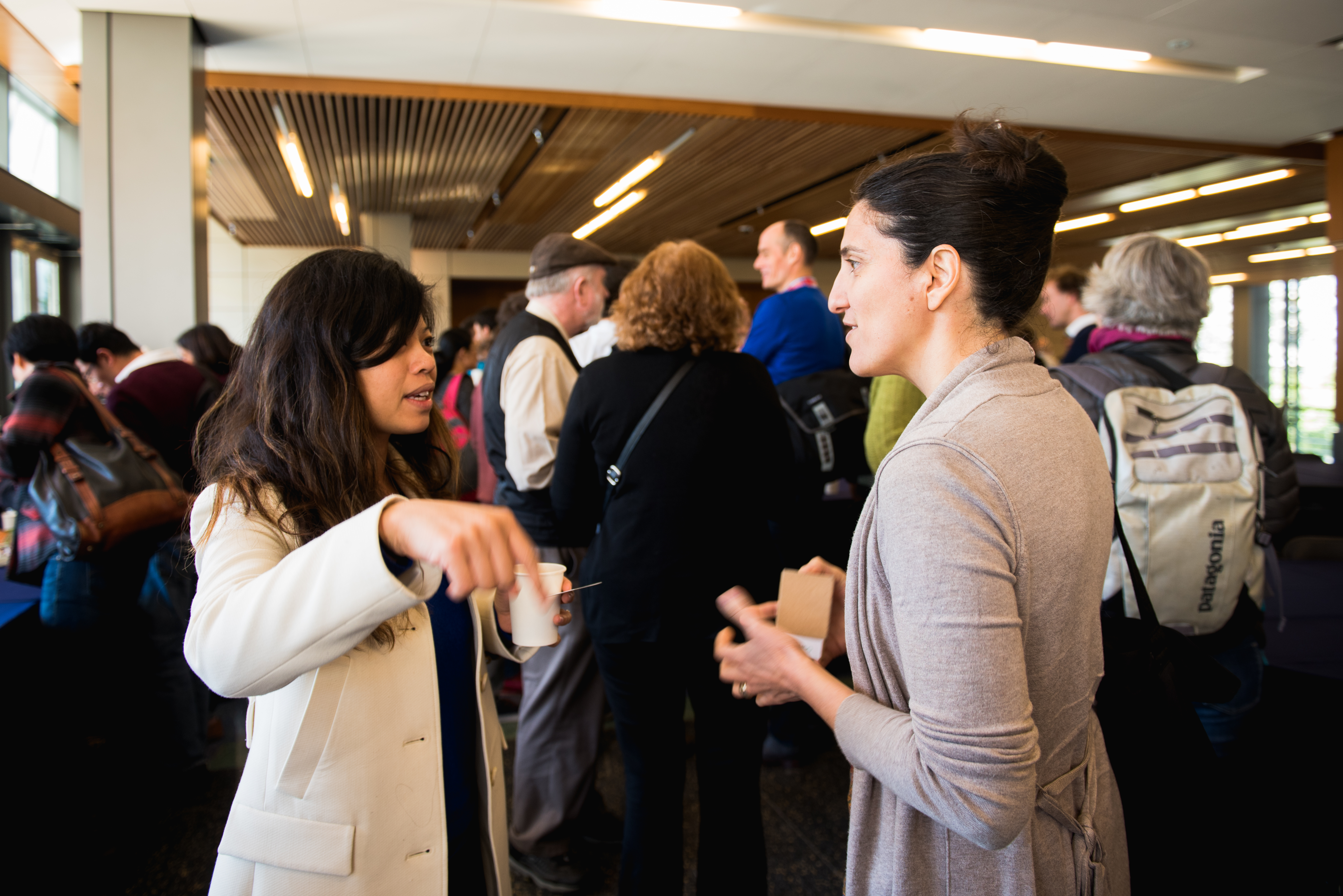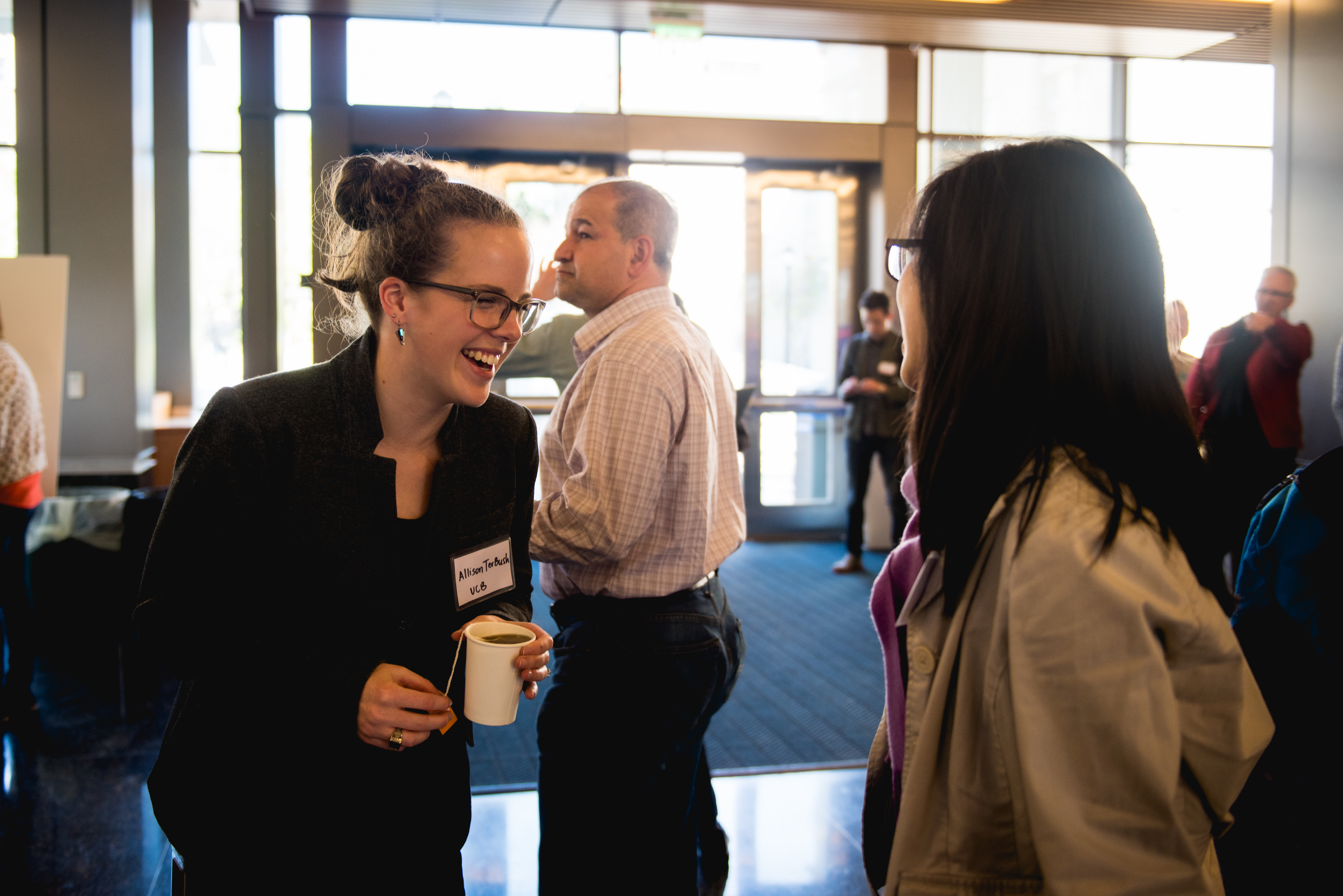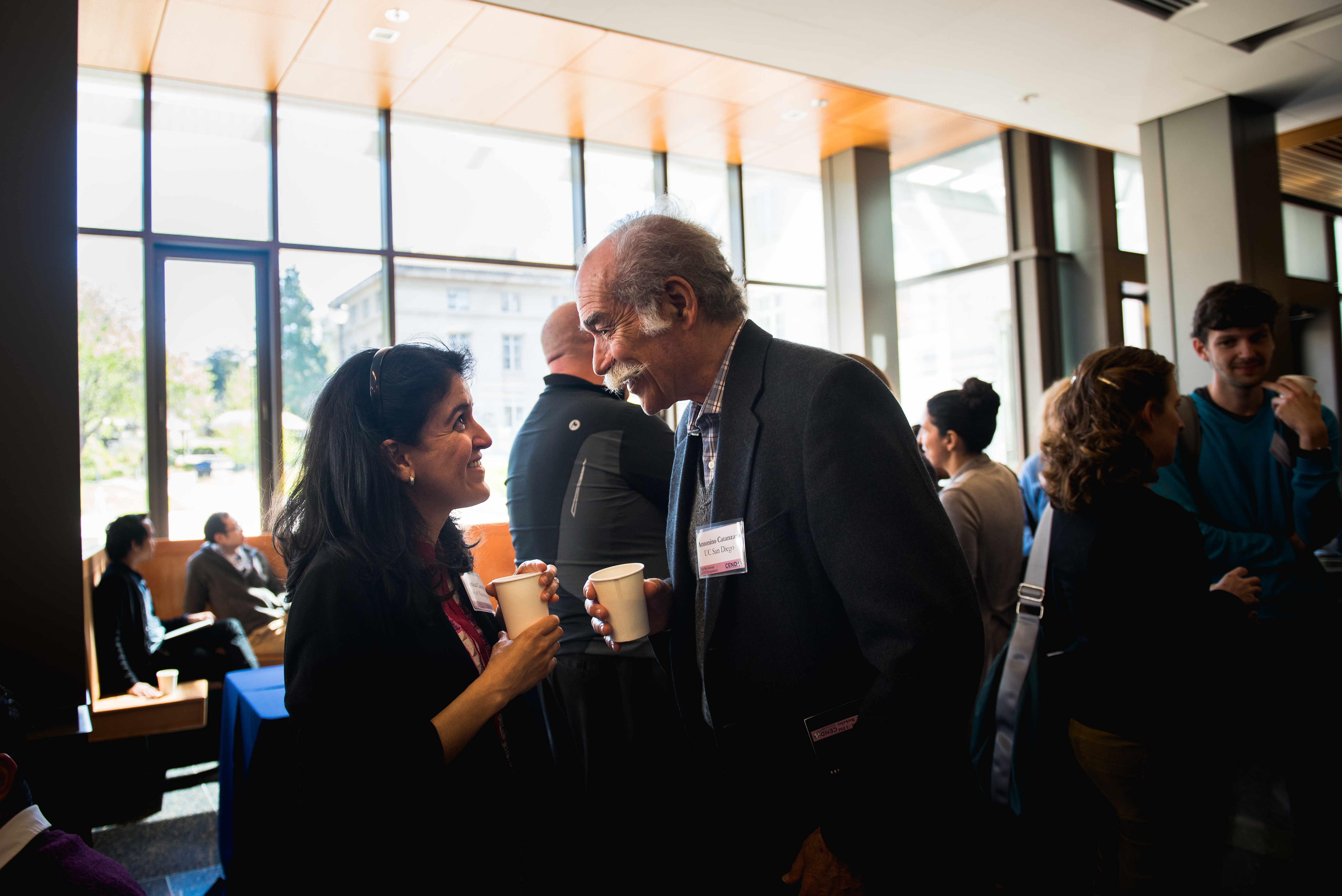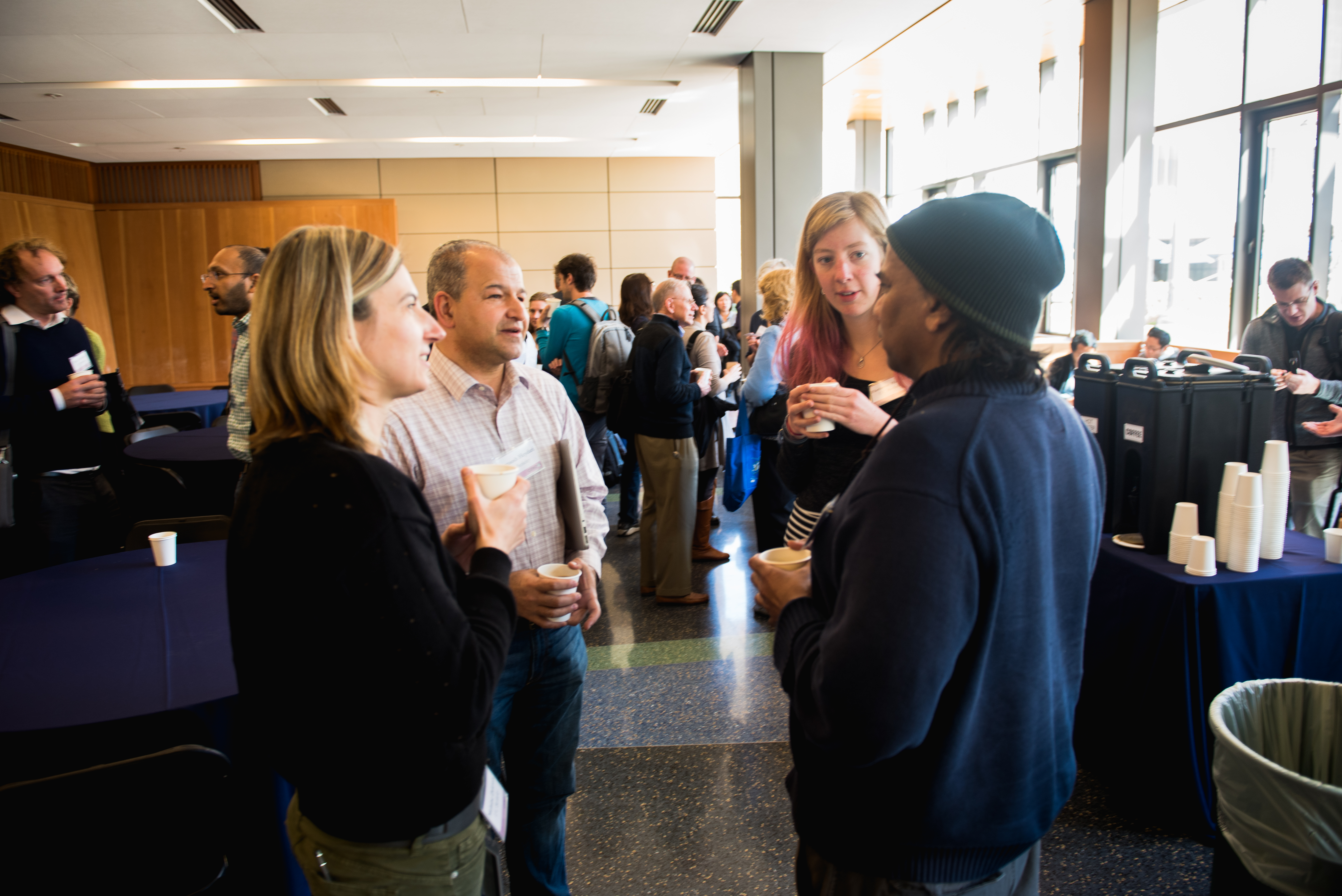The 8th Annual CEND Symposium took place on March 25, 2016
Harnessing the Immune System to Fight Cancer and Infectious Diseases
For a story about the 8th Annual Symposium, please follow this link.
Videos of the 2015 and 2016 CEND Symposium Events
-
Clifton E. Barry III, National Institutes of Health
Radiohistochemistry: Understanding TB Lesion Pathology and Its Response to Chemotherapy Advances in PET/CT imaging o... -
Eric Rubin, Harvard University
One of These Things is Not Like the Other One: Phenotypica Heterogeneity in Mycobacteria Diverse populations offer o... -
Panel Discussion: Tuberculosis Research: Where (and How) Do We Go From Here?
Moderated by Erika Check Hayden... -
Megan Murray, Harvard University
Nutritional Risk Factors for TB Progression: Results of a Longitudinal Cohort Study We followed a cohort of househol... -
Louis J. Picker, Oregon Health and Sciences University
CMV Vectors: Exceptional Efficacy from Unconventional Cellular Immune Responses... -
Tom Dubensky, Aduro Biotech
Insights from Listeria monocytogenes for the Development of Effective Cancer Immunotherapy Strategies Despite the pr... -
Rafi Ahmed, Emory University
T-Cell Memory and Exhaustion ... -
James P. Allison, Anderson Cancer Center
Immune Checkpoint Blockade in Cancer Therapy: New Insights, Opportunities, and Prospects for a Cure The existence of... -
Richard Glynne, Genomics Institute of the Novartis Research Foundation
Finding New Drugs for Kinetoplastid Diseases: Sleeping Sickness, Chagas Disease, and Leishmaniasis Chagas disease, l... -
Gerald Pier, Harvard Medical School
Molecular Factors Mediating Immunity Targeting the Conserved Microbial Surface Polysaccharide, Poly-N-Acetyl Glucosa... -
Panel Discussion: Translating Academic Innovation to Biotechnology Development
Featuring: Dan Portnoy, UC Berkeley, Tom Dubensky, Aduro Biotech, Gerald Pier, Harvard, and Vu Truong, Aridis Pharma... -
Matthias Schnell, Thomas Jefferson University
Two Birds with One Stone: A Rabies Virus-based Vaccine against Filoviruses The identification of vaccination strateg... -
Erica Ollmann Saphire, Scripps Research Institute & Director of Viral Hemorrhagic Fever Immunotherapeutic Consortium
Antibodies against Ebola Virus: The Roadmap Last summer, antibody therapies made headlines when one unpublished cock...

